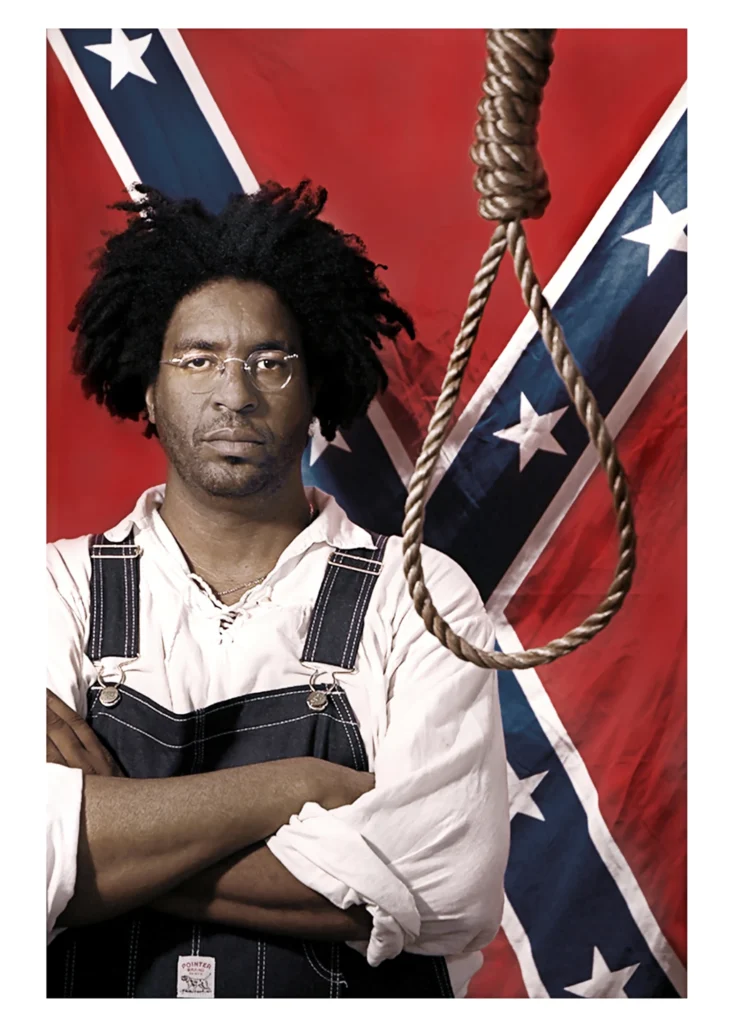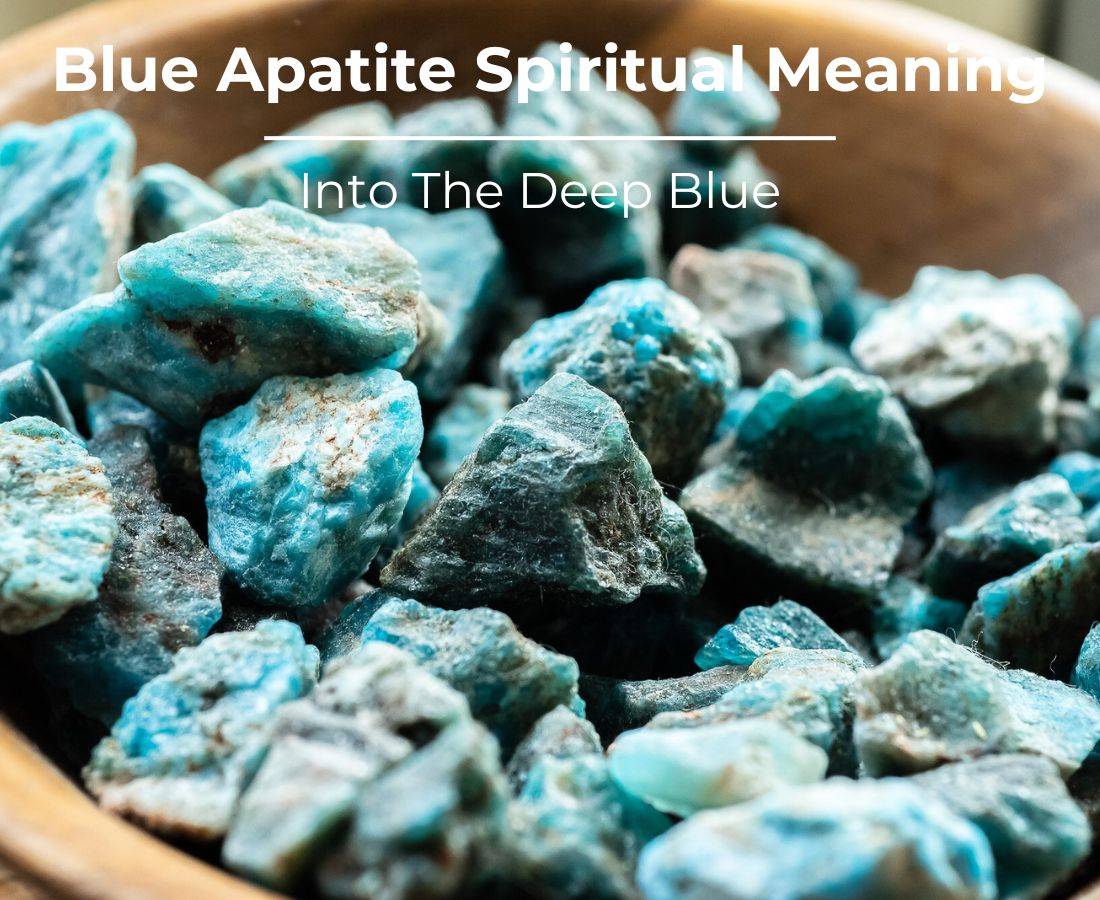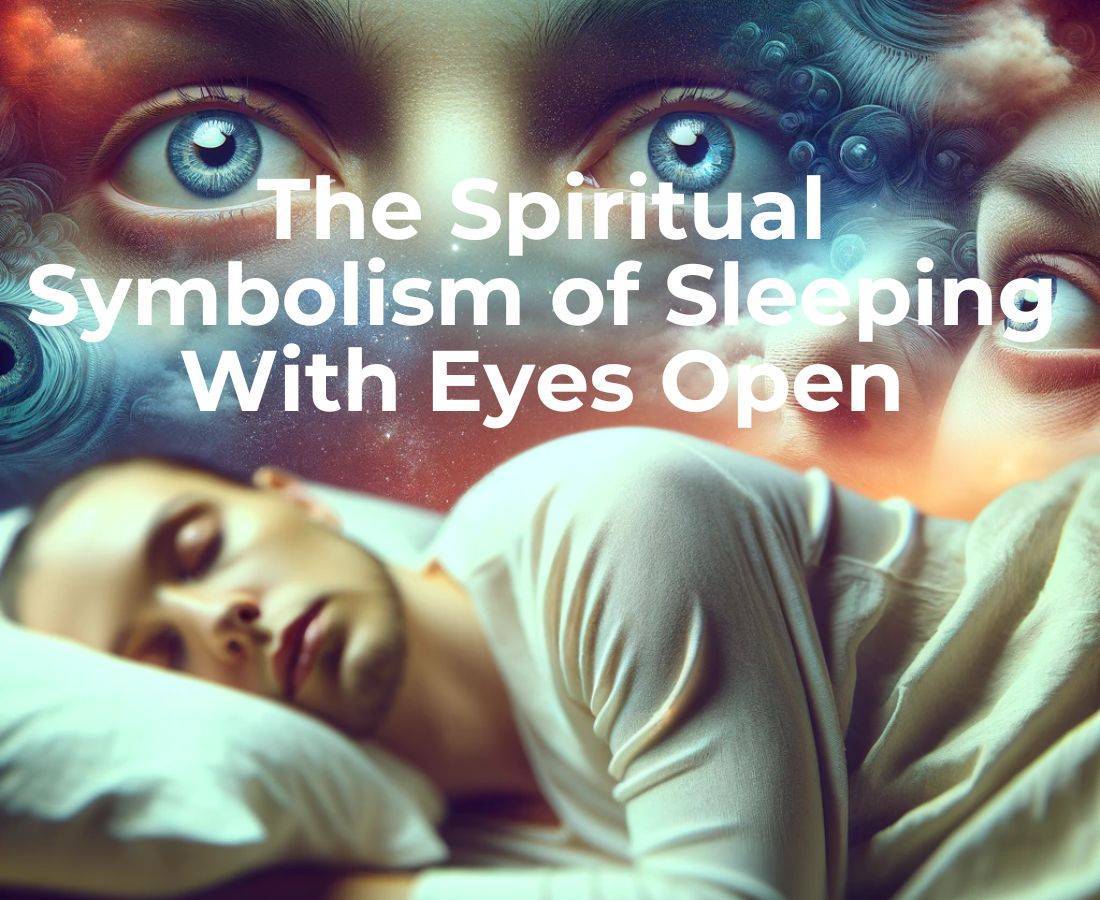The symbolism of racism is a silent yet potent force, shaping perceptions and narratives in society. Picture a symbol, seemingly innocuous, yet laden with the heavy history of racial prejudice.
Table of Contents
This article unravels the intricate symbols of racism, tracing their journey from historical emblems to contemporary media. We’ll explore how these symbols, often overlooked, continue to influence attitudes and behaviors.
Join us in uncovering the hidden language of racism, offering insights to challenge and change these deep-rooted biases.
Key Points
- Examines the transformation of symbols like the swastika and Confederate flag into icons of racism.
- Discusses contemporary racism in education and media through symbolic representations.
- Highlights the need for awareness and education to combat the enduring legacy of racist symbols.
The Dark Legacy of Racist Symbols
Racism, a blight on humanity’s history, has manifested through various symbols across different cultures and eras. These symbols, often steeped in a painful past, serve as stark reminders of the bigotry and prejudice that have scarred societies.
In this exploration, we delve into ten symbols historically associated with racism, uncovering their origins and the meanings they’ve come to represent. From flags to caricatures, each symbol tells a story of division and hate, offering lessons for a more inclusive future.
Swastika
Originally a symbol of spiritual significance in Hinduism, Buddhism, and Jainism, the swastika was co-opted by the National Socialist Party in Germany, transforming it into an emblem of hate and anti-Semitism. Its appropriation by the National Socialists during World War II forever altered its perception, making it a symbol of terror and white supremacy, far removed from its ancient, peaceful origins.
This perversion of the swastika serves as a powerful example of how symbols can be manipulated to represent ideologies of hate.
Confederate Flag
The Confederate flag, a symbol of the Confederate States during the American Civil War, has become a contentious icon of racism. It’s often associated with the history of slavery and segregation in the United States.
Despite arguments about heritage and history, for many, it remains a symbol of racial oppression and the fight to maintain slavery. The flag’s continued use in modern times, especially by white supremacist groups, reinforces its association with racial intolerance and division.

Noose
The noose is a harrowing symbol of racial terror, particularly in the context of the lynching of African Americans in the United States. It represents a history of violence and intimidation used to enforce racial hierarchies and suppress Black communities, making it a potent symbol of racism and hatred.
The noose’s enduring presence in racist acts and imagery continues to evoke fear and serves as a reminder of the ongoing struggle against racial violence.
Blackface
Blackface, a practice where non-Black individuals paint their faces to mimic and mock African Americans, has roots in racist minstrel shows. It perpetuates dehumanizing stereotypes and is a stark reminder of an era when racism was not only accepted but also entertainment.
The legacy of blackface lingers in contemporary culture, occasionally surfacing in media and sparking controversy, highlighting the need for greater awareness and sensitivity towards racial caricatures.
Ku Klux Klan (KKK) Insignia
The insignia, robes, and burning crosses of the Ku Klux Klan are indelibly linked to white supremacist ideology. They symbolize the KKK’s long history of racial terrorism, including lynchings, intimidation, and hate crimes against African Americans and other minority groups.
The KKK’s symbols are not just relics of the past; they continue to be used by modern white supremacist groups, perpetuating a legacy of fear and hatred.
‘Golliwog’ Dolls
‘Golliwog’ dolls, once popular children’s toys, are now recognized as offensive caricatures of Black people. Their exaggerated features and racist origins reflect a colonial mindset and the mocking of African features, contributing to harmful racial stereotypes.
The continued presence of these dolls in some cultures highlights the persistence of racial ignorance and the need for education about the impact of such symbols.
SS Bolts
The SS Bolts, insignia of the Schutzstaffel in National Socialist Germany, have been adopted by neo-National Socialists and white supremacist groups. They symbolize the atrocities committed under the National Socialist’s regime and are a stark reminder of the horrors of the Holocaust and racial purity ideologies.
The continued use of these symbols by extremist groups today demonstrates the enduring nature of National Socialist ideology in certain circles and the importance of vigilance against such beliefs.
Iron Cross
The Iron Cross, a military decoration in Germany, has been co-opted by various extremist groups. While it has historical significance, its use by radical right has transformed it into a symbol of rebellion and white supremacist ideologies, distancing it from its original military connotations.
The Iron Cross’s adoption by these groups reflects the ongoing challenge of reclaiming symbols that have been tainted by associations with racism and extremism.
Apartheid-era South African Flag
The flag of apartheid-era South Africa represents a period of institutionalized racial segregation and discrimination. It’s a symbol of the oppressive regime that enforced racial hierarchies and denied basic rights to the majority of South Africans based on race.
The flag’s continued use by some as a symbol of heritage underscores the complex relationship between national identity and historical injustices.
‘Jim Crow’
‘Jim Crow’ refers to the laws and customs enforcing racial segregation in the Southern United States. Originating from a theater character, it became synonymous with the institutionalization of racism, symbolizing the legal and social systems that perpetuated racial inequality and segregation.
The term ‘Jim Crow’ has become a shorthand for describing the era of legalized racism and serves as a reminder of the enduring impact of these policies on American society.
Summary table of symbols of racism
| Symbol | Origin and Context | Modern Connotations and Impact |
|---|---|---|
| Swastika | Ancient spiritual symbol in Hinduism, Buddhism, Jainism. | Became a symbol of hate and anti-Semitism due to National Socialist use. |
| Confederate Flag | Represented the Confederate States in the American Civil War. | Symbol of racial oppression, slavery, and white supremacy. |
| Noose | Used in lynching, particularly of African Americans in the U.S. | Represents racial terror, violence, and intimidation. |
| Blackface | Originated in racist minstrel shows. | Perpetuates dehumanizing stereotypes; still surfaces in media. |
| Ku Klux Klan Insignia | Robes and crosses of the KKK, a white supremacist group. | Symbolizes racial terrorism and hate crimes against minorities. |
| ‘Golliwog’ Dolls | Caricatures of Black people as children’s toys. | Offensive, perpetuates racial stereotypes and colonial mindset. |
| SS Bolts | Insignia of Schutzstaffel in National Socialist Germany. | Adopted by neo-National Socialists; symbolizes Holocaust and extremism. |
| Iron Cross | German military decoration. | Co-opted by extremist groups; symbol of rebellion and white supremacy. |
| Apartheid-Era Flag | Flag of apartheid-era South Africa. | Represents racial segregation and oppression. |
| ‘Jim Crow’ | Laws enforcing racial segregation in the Southern United States. | Symbolizes legalized racism and racial inequality. |
Deeper Analysis and Broader Perspectives
In the intricate web of societal dynamics, symbols play a pivotal role in reflecting and perpetuating racism. This section delves into a deeper analysis and broader perspectives, exploring how racism manifests in both traditional and contemporary symbols.
From the allegorical use of animals to the subtle biases in educational materials, we uncover the layers of symbolism that continue to influence perceptions and behaviors in today’s society.
The Role of Animals in Symbolizing Racism
Animals often carry profound meanings. The black raven, traditionally seen as a harbinger of doom, has been twisted in some contexts to symbolize racial prejudice.
Conversely, the white raven, rare and often idealized, can represent purity and superiority in these twisted narratives. This dichotomy between black and white ravens illustrates the deep-seated biases in society, where color is erroneously attributed to moral and intellectual qualities.
The use of these birds in racist symbolism reflects a disturbing but important aspect of how racism can permeate cultural narratives.
The Symbolic Racism Hypothesis
The Symbolic Racism Hypothesis suggests a more subtle form of racism, one that’s less overt but deeply ingrained in societal attitudes. It posits that individuals may express prejudice through seemingly non-racist beliefs, like the idea that certain groups do not adhere to ‘traditional values’.
This form of racism is insidious, as it’s often cloaked in the language of values and morality, making it harder to recognize and confront. In today’s society, where overt racism is less socially acceptable, understanding and identifying symbolic racism is crucial in the ongoing fight against racial prejudice.
Racism in Educational Materials: Quizlet and MCAT
Educational platforms like Quizlet and the MCAT (Medical College Admission Test) are not immune to the subtle infiltration of racial biases. The way certain concepts are framed or certain histories are presented can subtly perpetuate stereotypes.
For instance, a lack of representation or biased perspectives in educational materials can reinforce harmful stereotypes. The impact on learners is profound, as these materials shape their understanding of the world and their place in it.
Recognizing and addressing these biases is vital in creating an educational environment that fosters equality and understanding.
Conclusion
In conclusion, the exploration of racist symbols, from historical emblems like the swastika and Confederate flag to contemporary manifestations in education and media, reveals the deep-rooted and evolving nature of racism in our society. These symbols, steeped in a legacy of prejudice and oppression, serve as stark reminders of the challenges we still face in combating racial discrimination.
Understanding their origins and cultural impact is not just an academic exercise but a crucial step towards fostering a more inclusive and empathetic world. As we continue to confront these symbols and the ideologies they represent, we are reminded of the ongoing journey towards understanding, healing, and ultimately, change.
This journey requires vigilance, education, and a commitment to challenging the remnants of racism that persist in our symbols and societal structures.



